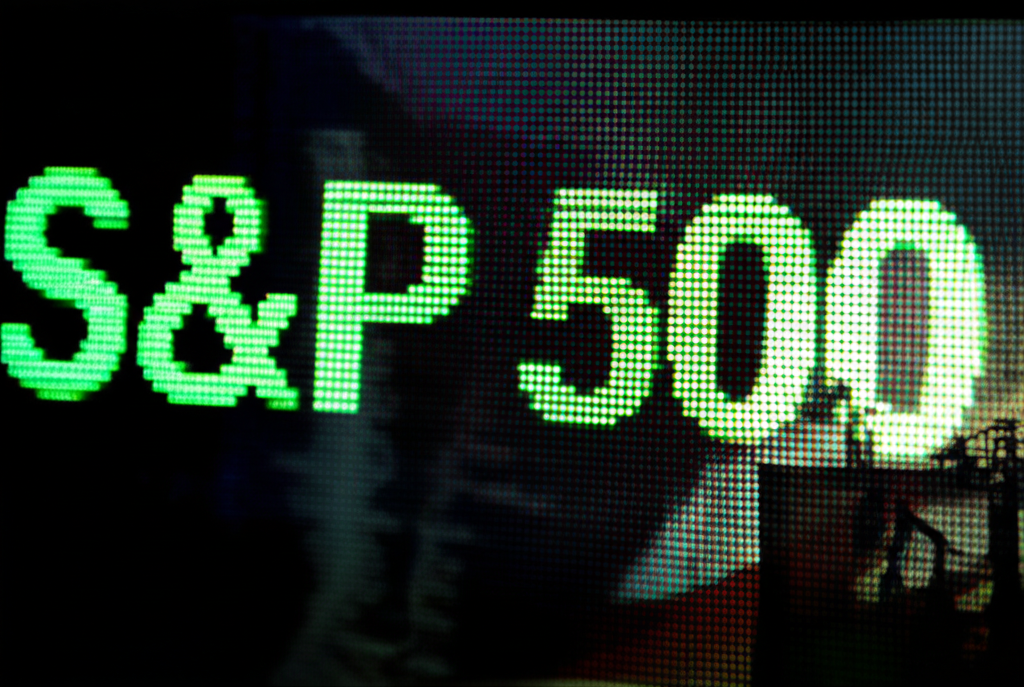S&P 500 at 6,000: Hold or Fold as Iran Risk and Fed Hawkishness Collide?
The financial world is abuzz. The S&P 500, America’s benchmark equity index, has pierced the remarkable 6,000-point threshold, a significant psychological and technical milestone that few would have predicted just a few years ago. For young investors diligently building their portfolios, this new high sparks a crucial question: is this the moment to ride the wave higher, or to batten down the hatches? The answer, like much in today’s intricate global economy, is far from simple, complicated by the confluence of escalating geopolitical tensions in the Middle East and a stubbornly hawkish stance from the U.S. Federal Reserve.
The ascent to 6,000 reflects a potent mix of factors. Robust corporate earnings, particularly from the tech and artificial intelligence sectors, have provided a strong tailwind. Despite persistent inflation, consumer spending has shown resilience, and the labor market, though cooling, remains historically strong. This underlying economic vigor, coupled with a belief in the innovation pipeline of leading American companies, has propelled valuations to new highs. Many market participants have embraced the narrative of a “soft landing,” where inflation moderates without triggering a recession, allowing for continued economic expansion and corporate profitability. This optimism has drawn in fresh capital, pushing the market cap of U.S. equities to unprecedented levels.
However, beneath this veneer of bullish enthusiasm, two potent countercurrents are swirling, threatening to destabilize the market’s trajectory. First, the escalating risk stemming from Iran’s regional activities casts a long shadow. Tensions in the Middle East have a direct, often immediate, impact on global energy markets. Any significant disruption to oil supplies through the Strait of Hormuz, or broader regional conflict, could send crude prices soaring. Higher oil prices translate directly into increased inflationary pressures globally, impacting supply chains, transportation costs, and ultimately, consumer purchasing power. Beyond energy, geopolitical instability breeds uncertainty, leading investors to seek safe-haven assets like government bonds or gold, and away from riskier equities. The potential for unexpected escalations keeps market participants on edge, knowing that a single event could trigger a rapid repricing of assets.
Compounding this geopolitical anxiety is the persistent hawkishness of the U.S. Federal Reserve. Despite recent progress in taming inflation, the Fed has maintained a firm stance, signaling that interest rates may need to remain “higher for longer” than previously anticipated. Their primary mandate is price stability, and they appear committed to ensuring inflation is firmly on a path back to their 2% target, even if it means slowing economic growth. A hawkish Fed directly impacts equity valuations. Higher interest rates increase the cost of borrowing for companies, affecting their profitability and investment plans. More critically for investors, a higher “risk-free” rate (like the yield on Treasury bonds) makes future corporate earnings less attractive when discounted back to present value, particularly for growth stocks whose valuations depend heavily on long-term projections. The “higher for longer” narrative also implies tighter financial conditions, which can dampen consumer demand and corporate expansion, potentially squeezing profit margins across the board.
The collision of these forces creates a complex dilemma for investors. On one hand, the S&P 500 at 6,000 suggests strong underlying momentum and a positive economic outlook, particularly for those sectors driving growth. On the other, the specter of geopolitical conflict and the tightening grip of monetary policy introduce significant downside risks. A sudden surge in oil prices due to regional conflict could reignite inflation, forcing the Fed to become even more aggressive, potentially pushing the economy into a recession. Conversely, if geopolitical tensions ease and inflation cools, the Fed might pivot, leading to a more favorable environment for equities. The market is now a battleground of these competing narratives, making clear-cut investment decisions exceptionally challenging. For young adults navigating this landscape, the emphasis must be on diversification, understanding one’s risk tolerance, and prioritizing a long-term investment horizon over short-term market noise.





